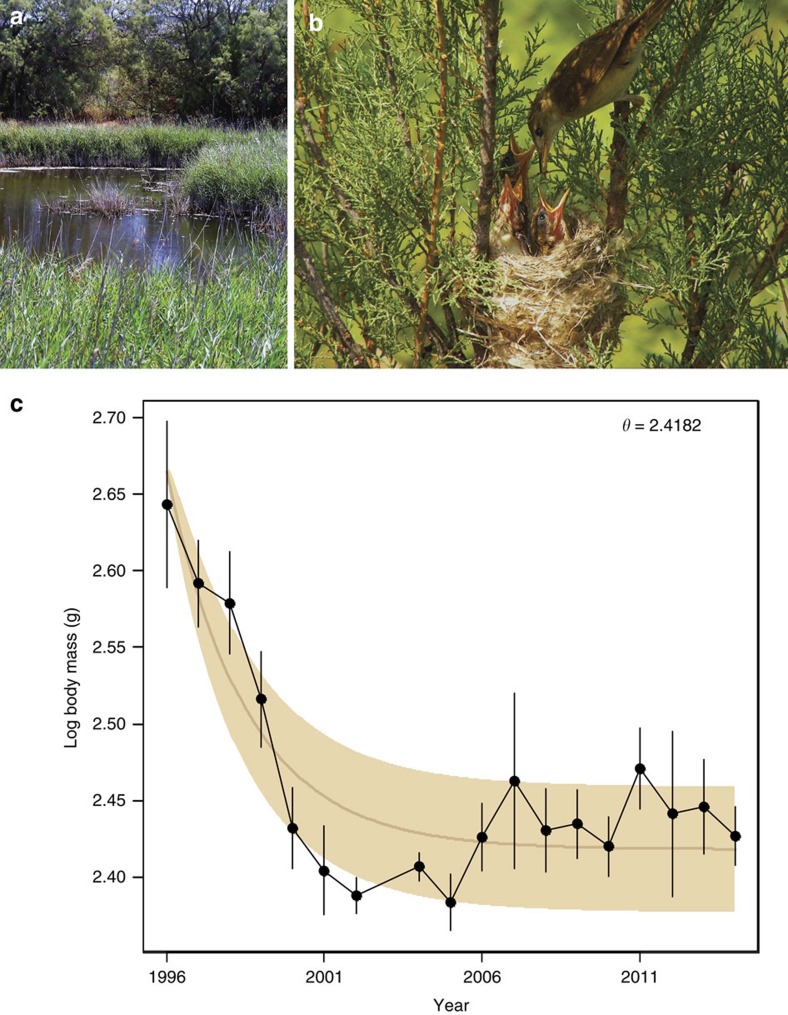Figure 1. Evolution of body mass towards an adaptive optimum.
(a) The Is-Simar nature reserve is situated on the island of Malta, in the Mediterranean Sea. Restoration of the wetland began in 1992, where a network of pools, canals and islands were created and vegetation replanted. Shortly after, in 1994, it was colonized by reed warblers (Acrocephalus scirpaceus). (b) Reed warblers nest in reed beds (Phragmites) or Tamarix trees (almost exclusively in the latter at Is-Simar) and usually lay three to five eggs, which are incubated by both parents. (c) The evolution of log body mass over time (years; N=392). Vertical error bars signify one standard error. The expected evolutionary trajectory of the best-fit adaptive model (OU) is shown as a line, with a 95% probability interval around in brown. The adaptive optimum (θ) for log body mass is 2.42. No samples available for year 2003.

